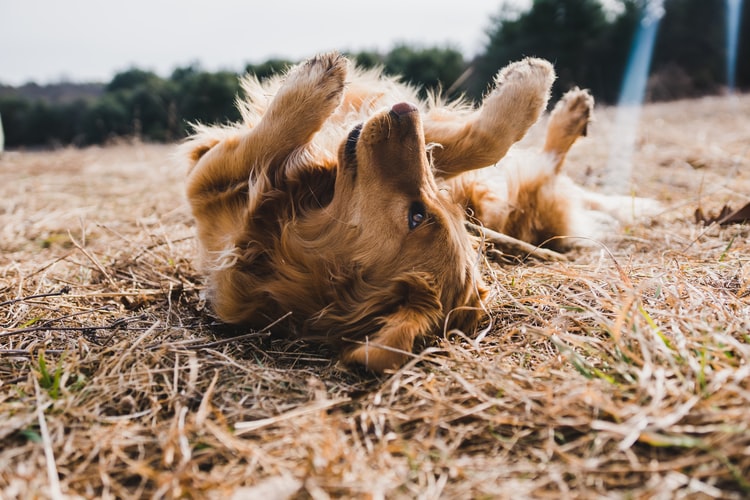Every once in a while, it’s a great idea to check in with your hounds to make sure that all is well and that there are no lingering issues that you need to know about. So we’ve prepared a quick reference guide for you about all the top issues you should be aware of, at every stage of your precious pooches life. Remember to always check in with your vet before starting or changing a diet or treatment regimen and if symptoms persist for longer than a couple of days.
LET’S GET STARTED
Look and feel your dog’s nose. This is the oldest trick in the book and it’s still a real-time way to get feedback about how your dog is doing overall. If your puppy’s nose stays dry and starts cracking, then it’s time to get them to the vet, and quick.
Take regular looks into your dog’s eyes. If their eyes are bright and attentive, you have nothing to worry about. But if they’re turning a little opaque and don’t seem to “dart” around fast enough when stimulated, you may have a deeper problem. Also check for green or yellow discharge, excessive “watering”, squinting or the closing of one or both eyes which could be a pain indicator, check if the whites of their eyes are redder or more pink than usual and also if you see your dog rubbing there constantly, you’ll want a closer investigation at your vet.
SMELL INSIDE YOUR DOGS EARS
Yes. Really. Look inside them too, if there are signs of redness, dry skin, excess wax, or other types of build-up or discharge, nasty smelling discharge or black “crusty” type discharge, any pain around the ears, and check if your dog is constantly scratching their ears or making strange noises when you examine their ears. This could be indicative of deeper pain issues and sensitivity.
A little ear wax is normal and offers protection against a range of potential threats but if this build-up is excessive and is blocking the ear canal causing issues with hearing and balance, then you want to take this a little more seriously. Avoid “plucking” hair out of your dog’s ears but if you think your dog may have too much hair and this is attracting knots or dust and dirt, speak to your vet first before you have that hair pulled out. Plucking ear hair can cause pain and if it’s not done correctly, irritation and even infection.
TEETH AND GUMS
Relatively easy to check and detect problems. If your pooch has particularly bad breath, it’s probably time to get those teeth brushed and cleaned at the doggy dentist (vet, the doggy dentist just sounds cuter). As in humans, tartar can build up causing gingivitis (bleeding of the gums) and other issues which can all add to less than sweet scents escaping their mouths. Gums should be pink and appear “healthy”. Redness along the gum line could show signs of pain and swelling or deeper issues with their teeth.
Skin irritations and lumps and bumps all over your dog’s body should be checked for and monitored carefully and if your dog has ongoing itchiness or irritations on their skin but are otherwise healthy, it could be the detergent you’re using to wash their blankets and beds, so check that out too.
Various options can treat a whole host of doggy-related issues, from pain relief for dogs to alternative and holistic healthcare so keeping your pooch in top form is easier than ever and you’ll reap the rewards, tenfold.
